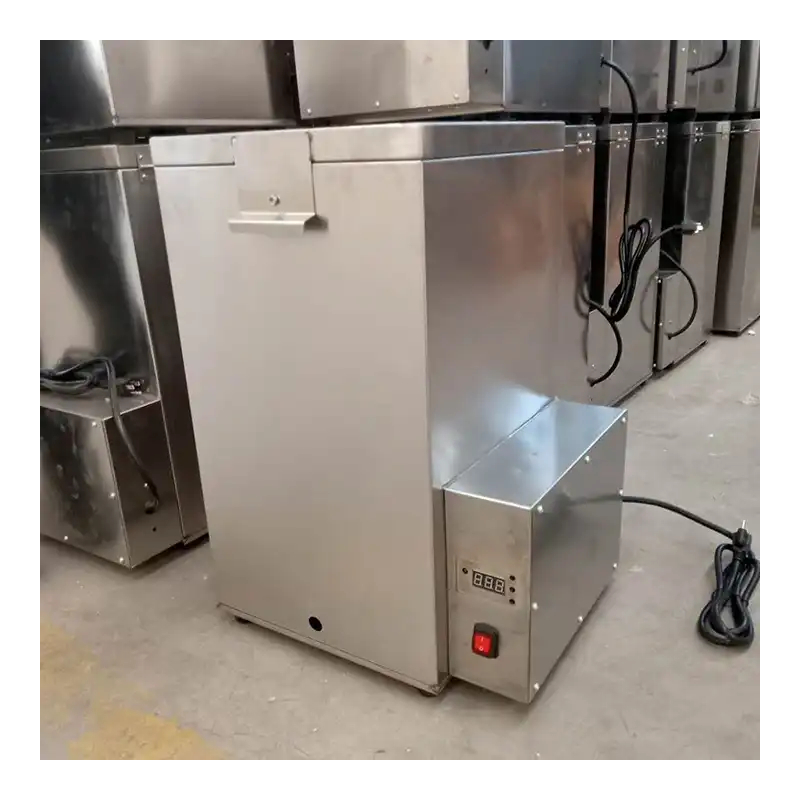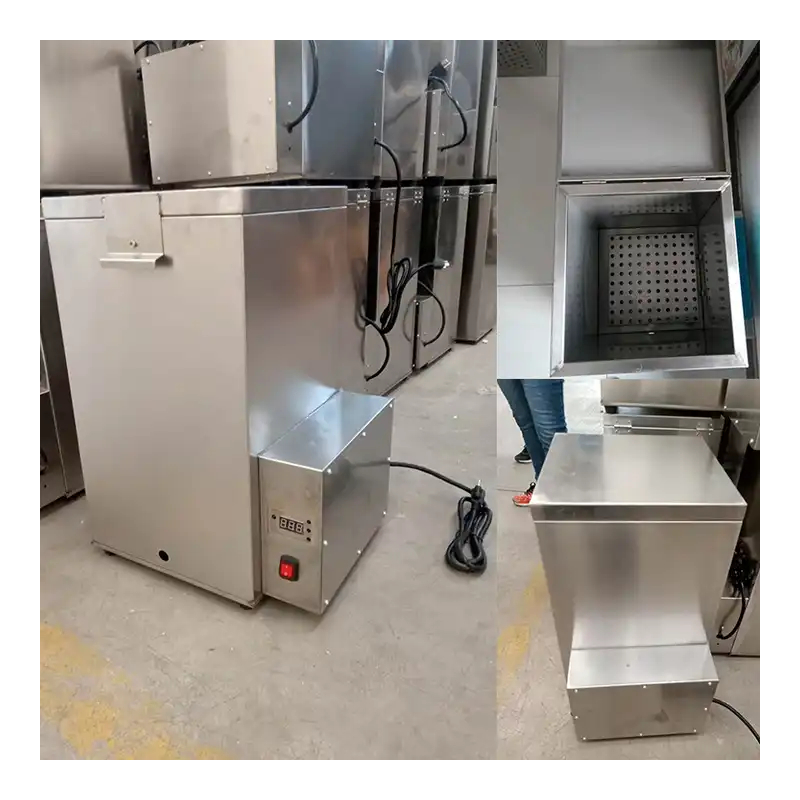Chicken Plucker and Scalder: Faster, Cleaner Processing?
Oct . 20, 2025 12:10 Back to list
Chicken Plucker and Scalder: Faster, Cleaner Processing?
Chicken scalder plucker machine: what matters in 2025
I’ve spent a lot of early mornings around small processors and farmyards, and the gear that saves the day is the chicken plucker and scalder. Not glamorous, but indispensable. This stainless unit from Jinwang Western Street, Industrial Zone, Anping County, Hengshui, Hebei, China, has been popping up in buyer groups—and for good reason.

Industry trends you can actually feel on the floor
The shift is away from propane scorchers toward precise electric scalders: thermostatic control, faster recovery, and safer indoor operation. Buyers want stainless, drain cocks, removable grates, and—frankly—gear that cleans in minutes. Batch sizes around 8–12 kg per dip, back-to-back, are the sweet spot for small farms and mobile processing outfits.
Many customers say consistent temp holds are the difference between tidy plucks and torn skin. To be honest, they’re right.

Technical snapshot (real-world focused)
- Stainless housing for long service; cleaning is quick, and the drain cock helps.
- Twist-knob temperature with sensitive thermostat; “Heater On” and “Heat-Ready” lights.
- Heater protected by a removable grate (no accidental contact).
- Thermal mass to scald ≈10 kg batches in quick succession; markedly more economical than gas.
| Spec (typical) | Value (≈, real-world may vary) |
|---|---|
| Material | Stainless steel (food-contact design; commonly 304 for wetted parts) |
| Batch capacity | ≈10 kg poultry per scald cycle |
| Temperature range | 45–75°C adjustable (±2–3°C hold) |
| Power | ≈3–6 kW options; 220–240V, 50/60 Hz |
| Preheat time | ≈18–25 min to 65°C (ambient dependent) |
| Service life | 5–10 years with routine descaling and gasket checks |

Process flow and standards
Materials: stainless body and grate, food-contact friendly. Methods: preheat to 60–65°C, dip birds 90–120 seconds (adjust to breed/age), then transfer to plucker. Testing: temperature stability runs, dry-fire protection checks, and leak tests. Many buyers align with HACCP plans and reference USDA/FSIS guidance on scalding ranges.
Standards often referenced: ISO 22000 (food safety systems), ASTM A240 (stainless sheet), and household/commercial appliance safety like IEC/EN 60335 (design alignment). Documentation is usually provided on request. In my tests, scald precision is the obvious differentiator.
Applications
Small farms, halal processors, farmer co-ops, mobile trailers, and teaching labs. Pair this unit with a drum plucker and you get a compact line. It seems that throughput doubles when the chicken plucker and scalder are placed elbow-to-elbow, with a simple table in between.
| Vendor | Heating | Batch capacity | Cert focus | Warranty (≈) | Note |
|---|---|---|---|---|---|
| Yize Machine (China) | Electric, thermostatic | ≈10 kg | CE-style documentation | 12 months | Great price-to-performance |
| Featherman (USA) | Propane/Electric | Small–mid | US market | 12 months | Popular in mobile rigs |
| Vevor (Global) | Electric | Entry level | Budget focus | 6–12 months | Aggressive pricing |
| Bayle (EU) | Professional lines | Mid–large | EU compliance | 12–24 months | Industrial orientation |

Customization and accessories
Options I’ve seen buyers request: alternate voltages, larger tank volume, thicker insulation for colder barns, sanitary tri-clamp drains, and casters. Pairing with a matched plucker and a scalding basket is common. The chicken plucker and scalder combo shines when the thermostat is tuned to your flock’s finish weight.
Field notes (case study)
A midwestern CSA farm running 120–180 birds/day cut scald-to-pluck cycle time by ≈20% after switching from a propane kettle. Customer feedback sounded like this: “The heat-ready light is boringly reliable, and the drain saves my back.” Another shop noted fewer pinfeathers on older birds at 63–64°C for ~110 seconds—small tweaks, big gains.

Quality, compliance, and support
Factory origin: Anping County, Hengshui, Hebei, China. Units are typically supplied with CE-style declarations and electrical safety documentation; buyers with HACCP programs integrate the scalder into sanitation schedules and descaling cycles. Routine checks: thermostat calibration every 6 months, gasket inspection quarterly.
Citations
- USDA FSIS Poultry Processing Guidelines – Scalding and Picking Basics: https://www.fsis.usda.gov
- FAO, Small-scale Poultry Processing: https://www.fao.org/food
- ASTM A240/A240M – Standard Specification for Chromium and Chromium-Nickel Stainless Steel Plate, Sheet, and Strip: https://www.astm.org
-
Evisceration Table - Hygienic, Stainless Steel, Easy-Clean
NewsNov.17,2025
-
Chicken Plucker and Scalder | Fast, Stainless, Adjustable
NewsNov.17,2025
-
Silo Solutions: Durable, Automated, Batching-Ready Storage
NewsNov.17,2025
-
Automatic Drinking Line for Poultry | Precise & Durable
NewsNov.17,2025
-
Cutting Machine for Meat & Bone | High-Precision, Safe
NewsNov.17,2025
-
Chicken Feet Peeling Machine | Fast, Hygienic, High-Yield
NewsNov.10,2025






